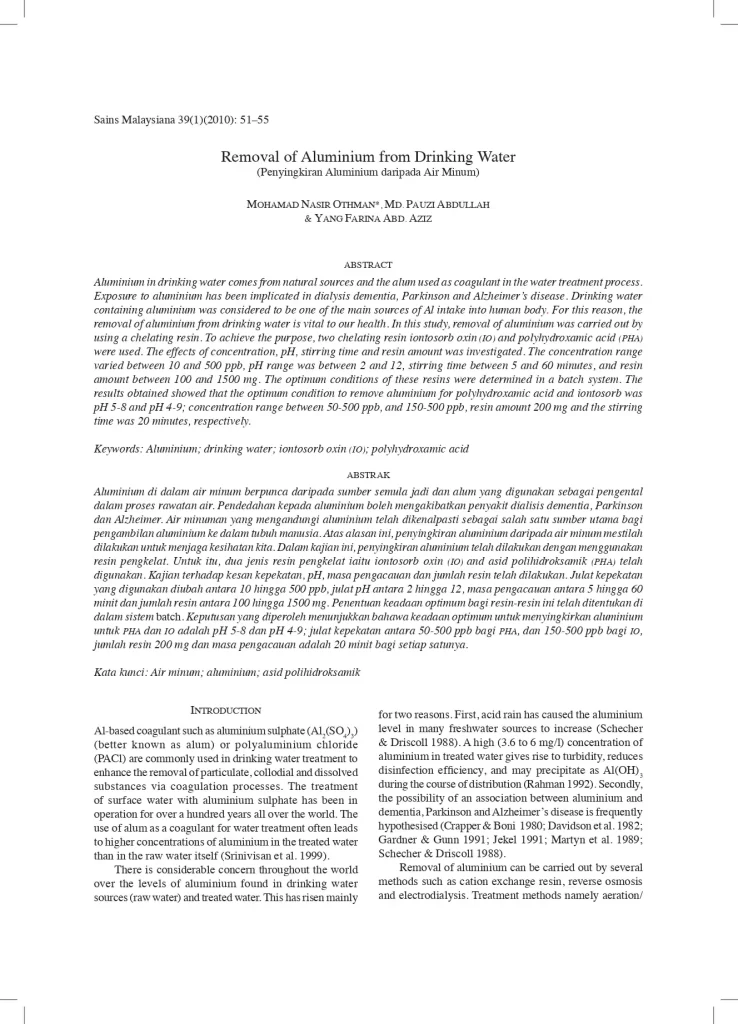
About this book
Read the full description and details below.
Adsorbent Material Used In Water Treatment
Source : https://www.atlantis-press.com/
Author : Chunguang Yua, Xuena Han
Book details
Reader reviews
No reviews yet. Be the first to write one!


Read the full description and details below.
Adsorbent Material Used In Water Treatment
Source : https://www.atlantis-press.com/
Author : Chunguang Yua, Xuena Han
No reviews yet. Be the first to write one!